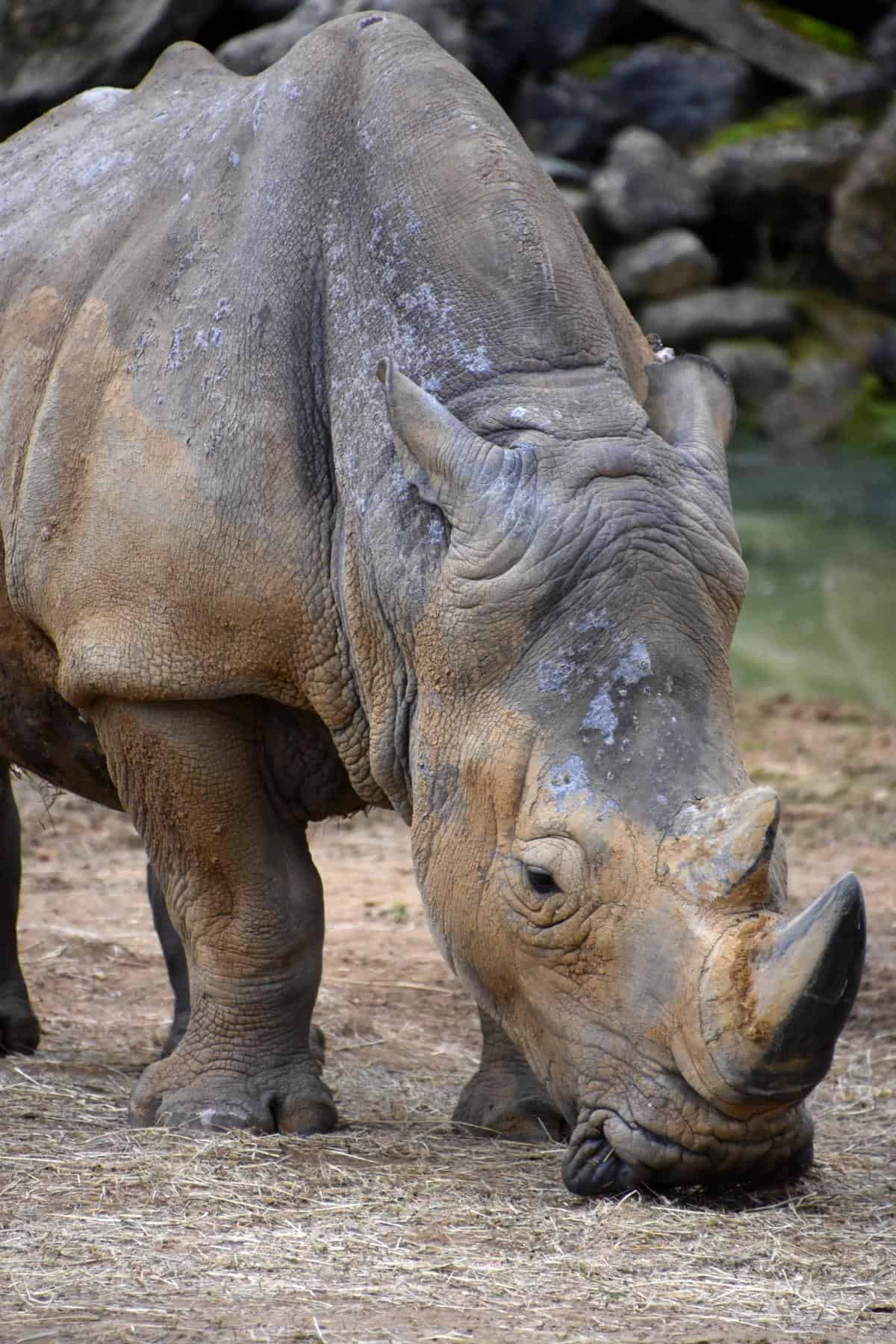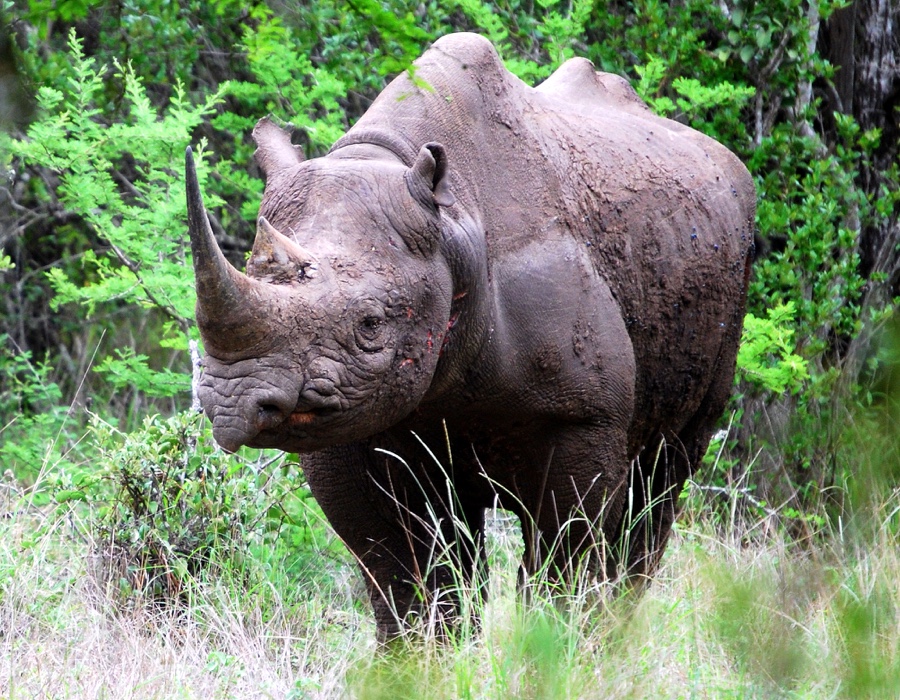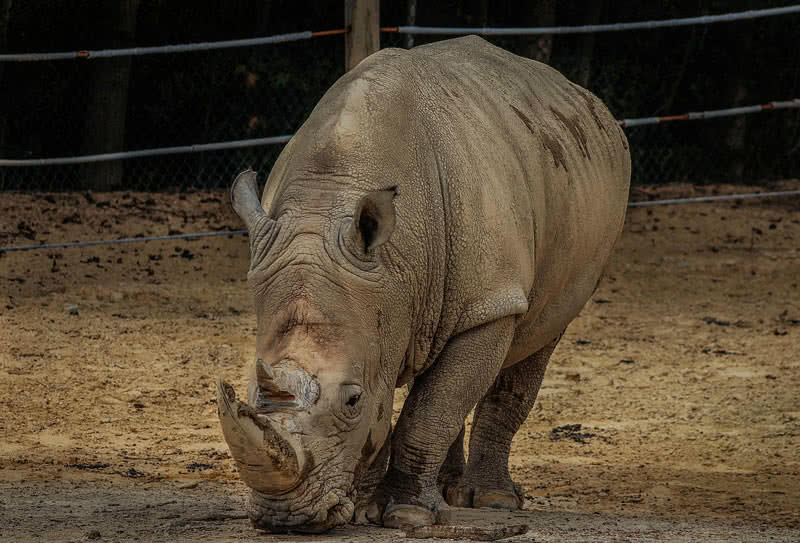

The Woolly rhinoceros became extinct during the last glacial period around 10,000 years ago.ĪKKHARAT JARUSILAWONG/ Extinction – When Did Woolly Rhinoceros Die Out? Fossil of woolly rhinoceros (Coelodonta antiquitatis) at Shanghai Natural History Museum. The oldest fossil of a woolly rhinoceros found so far was in Tibet and it dates back to over three and a half million years ago, though we know they were still alive as recently as 14,000 years ago.

The 2020 discovery is considered perhaps the best woolly rhinoceros specimen ever found, as its internal organs and even its nasal horn was intact. Six years later in 2020, a completely intact rhino, around four years old at the time of its death, was discovered in the same location. One of the most important discoveries was “Sasha,” a mummified juvenile rhino whose fur and even soft tissues were preserved when she was found in Yakutia. See all of our entertaining and insightful animal articles. Discover the 6,000lb Woolly Rhinoceros With a Deadly 5ft Horn.Discover 8 of the Biggest Animals that Have Gone Extinct.Rhino Skulls: Everything You’ve Ever Wanted to Know.
#Rhinoceros weight full
It wasn’t until 1907 that a full specimen was found, followed by a second intact specimen a few months later in the same location, this time in Starunia. In 1877, more Siberian remains were found in the Yana River. Once the species was first described, after the discovery of bones in 1769, the first documented partial remains of a woolly rhinoceros were discovered in Siberia, in the Vilyuy River in 1771. Though the first woolly rhinoceros skull was found in 1335 in Austria, at the time, they believed it to belong to a dragon. Discoveries and Fossils – Where Woolly Rhinoceros was Found Baby woolly rhino predators included cave lions and prehistoric hyenas. On the other hand, juvenile and baby rhinos were a different matter, however. During the time when they thrived, though, adult woolly rhinoceros had very few natural predators, with man being their only true threat. The greatest threats to the woolly rhinoceros, in the end, were excessive hunting by man, changing weather, and loss of habitat and food supply. The loss of their habitat as the ice age ended was a large contributor to their eventual demise almost 30,000 years ago. They roamed all over the tundra and grasslands in the continent that is now Europe, as well as into parts of what is now Asia. The woolly rhinoceros lived during the Pliocene and Pleistocene epochs, during the time of the ice age, from about 3,600,000 years ago until fewer than 15,000 years ago. Habitat – When and Where Woolly Rhinoceros lived Scientists believe that in addition to grasses and sedge, the woolly rhinoceros probably ate forbs such as artemisia, mosses, shrub sprouts, lichen, and other herbaceous plants. Only the toughest grass could survive in the tundra and frigid grasslands where these equally tough animals roamed, so the woolly rhino had strong, massive teeth and a well-developed jaw, which were perfectly suited to the steppe grasses that made up nearly the entirety of their diet. The scientific name for the Woolly Rhinoceros is Coelodonta antiquitatis, the first word describing the cavity of their molar and the second meaning “of antiquity.” Diet – What Did Woolly Rhinoceros Eat? These ancient creatures could have weighed as much as 7,000 pounds. This rhino’s most distinctive features were the large keratin horn on the top of the end of their snout, and the secondary smaller horn near their eyes. Woolly rhinoceros were about 15 feet long from the tip of their snouts to the base of their tails. Its body was covered in a thick reddish-brown fur.


The woolly rhinoceros stood about six feet tall at the shoulders and about nine feet to the top of its head.


 0 kommentar(er)
0 kommentar(er)
